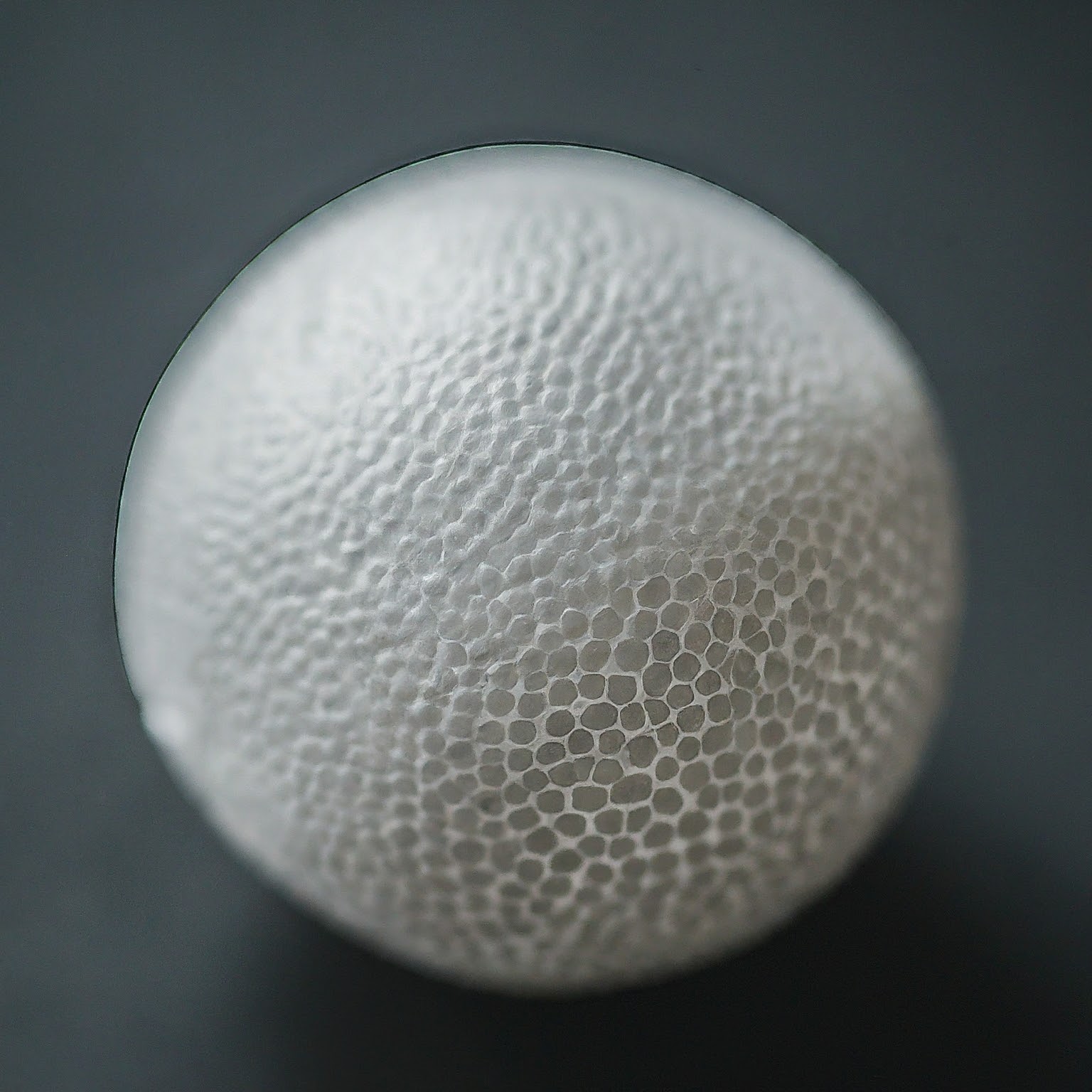Styrofoam, a widely used material for packaging and insulation, has found its way into various aspects of our lives. From holding our takeout meals to insulating our homes, it's a material that has become ubiquitous. However, from a medical perspective, there are significant concerns regarding the potential health impacts associated with Styrofoam.
- Chemical Exposure:
Styrofoam is composed of expanded polystyrene, and during its production, it releases a chemical called styrene. Styrene has been classified as a possible human carcinogen by the International Agency for Research on Cancer (IARC). Prolonged exposure to styrene, either through inhalation or skin contact, may pose health risks, including potential links to cancers and reproductive issues. - Food and Beverages Contamination:
The use of Styrofoam for food and beverage containers raises specific concerns. When exposed to hot or acidic substances, Styrofoam can leach styrene and other potentially harmful chemicals into the food or drink. This can result in the ingestion of these substances, raising concerns about the long-term health effects, especially in the context of regular and prolonged exposure. - Respiratory Risks:
During the production and disposal of Styrofoam, the release of airborne particles and fumes can pose respiratory risks to individuals working in or residing near these environments. The inhalation of these particles may lead to respiratory irritation and potential long-term health consequences. - Microplastics and Environmental Impact:
Styrofoam's resistance to decomposition is a cause for concern, not only environmentally but also medically. As it breaks down into smaller particles, it contributes to the growing issue of microplastics. The potential health impacts of microplastic exposure are an area of ongoing research, with concerns raised about the systemic absorption of these particles and their potential effects on human health. - Occupational Health Concerns:
Workers involved in the manufacturing and disposal of Styrofoam may face heightened risks. From direct exposure to chemicals during production to potential respiratory issues from airborne particles, occupational health and safety measures are crucial to mitigate the risks associated with Styrofoam-related activities. - Allergenic Potential:
While rare, some individuals may develop allergies to components present in Styrofoam. Skin contact or inhalation of particles could trigger allergic reactions, underscoring the importance of awareness, especially in sensitive populations.
Conclusion:
From a medical standpoint, the concerns surrounding Styrofoam extend beyond its environmental impact. The potential health risks associated with chemical exposure, ingestion of leached substances, respiratory issues, and occupational hazards highlight the need for a comprehensive understanding of the implications of using Styrofoam in various aspects of daily life. As we continue to explore sustainable alternatives, it is essential for both healthcare professionals and the public to be aware of these medical considerations and work towards minimizing potential health risks associated with Styrofoam use.
